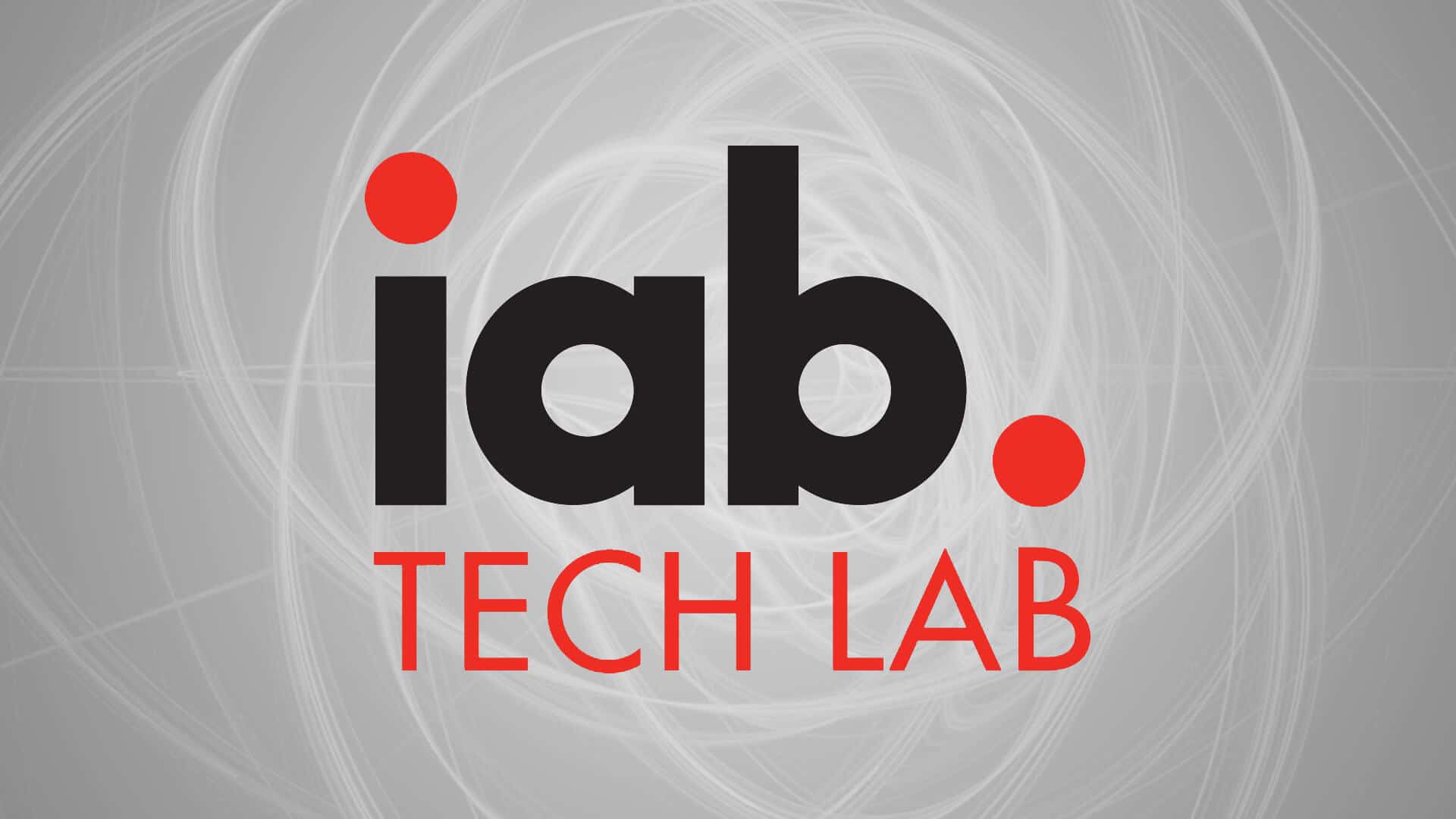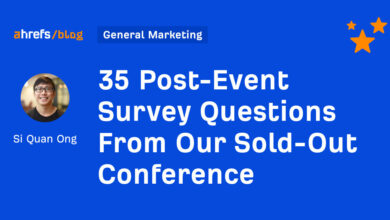What marketers need to know

The Importance of Data Clean Rooms
IAB Tech Lab has recently finalized the first version of guidance and standards for data clean rooms (DCRs), an emerging technology used by marketers to securely enhance first-party data and activate it in campaigns. This release follows the publication of Open Private Join & Activation (OPJA) specifications and Data Clean Rooms Guidance for public comments in February. These documents are the result of the Rearc Addressability Working Group’s efforts to update existing protocols and introduce new ones.
Why Data Clean Rooms Matter
The standards and guidance provided by IAB Tech Lab benefit brands, publishers, adtech vendors, and other partners in the DCR ecosystem. By offering a common reference point, they instill confidence in the security of data and the value of insights and matching capabilities provided by DCRs. This standardization also promotes interoperability among different DCR options in the market, potentially reducing costs for users.
Focus on Security and Privacy
The finalized OPJA specifications prioritize three main security and privacy goals. Firstly, personally identifiable information (PII) of end-users is protected through encryption tools throughout DCR transactions. Secondly, the privacy of end-users is maintained to prevent participants from identifying individuals in the data sets. Lastly, audience-building processes ensure the anonymity of individuals within the combined audience resulting from DCR computed overlap.
Understanding New Guidance
The updated guidance clarifies DCR definitions and distinguishes DCRs from other data collaboration solutions. It includes detailed descriptions of cryptographic techniques, operational costs, and matching techniques used in DCRs. To assist DCR users in complying with data privacy laws, the guidance incorporates security and trust controls for data governance, allowing data contributors to manage and update datasets based on privacy updates and regulations.
Activating Audiences
One common application of DCRs is in digital campaigns where brands aim to reach relevant audiences from publisher first-party data. OPJA recommends match key types for email and phone number data to ensure PII protection. Marketers can utilize these specifications to activate matched audiences in a programmatic environment, with further specifications for measurement and attribution expected later this year.
Cost Considerations
Competition in the DCR space from major players like AWS is driving potential cost reductions for marketers and media partners. The IAB Tech Lab guidance outlines various costs associated with DCRs, including license fees, data storage, and operational expenses. While these costs may pose a barrier for smaller organizations, DCRs remain a crucial technology for navigating privacy regulations in the marketing landscape.
FAQs
1. What is the purpose of data clean rooms?
Data clean rooms are used by marketers to securely enhance first-party data and activate it in campaigns while ensuring privacy and security compliance.
2. How do data clean rooms benefit brands and publishers?
By providing a common reference point and promoting interoperability, data clean rooms instill confidence in the security of data and reduce costs for organizations in the DCR ecosystem.
3. What security and privacy goals are prioritized in OPJA specifications?
OPJA focuses on protecting personally identifiable information, maintaining end-user privacy, and ensuring anonymity in audience-building processes within DCRs.
4. How can marketers activate audiences using DCRs?
Marketers can utilize match key types for email and phone number data to activate audiences in digital campaigns and programmatic environments while safeguarding PII.
5. What cost considerations are associated with data clean rooms?
Costs for data clean rooms may include license fees, data storage, operational expenses, and talent costs for maintaining privacy technologies, posing a barrier for smaller organizations but essential for compliance with privacy regulations.




